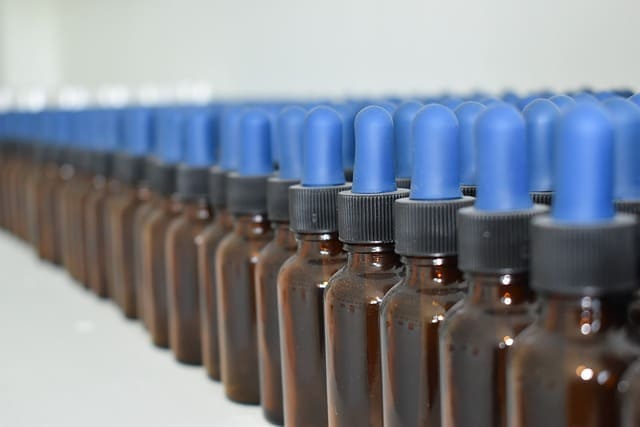FIP–WHO technical guidelines: Points to consider - Annex 2
Annex 2
Click on the titles below for complete guidelines
TABLE OF CONTENTS
1.3 Target audience and health-care settings
3. Alternatives to compounding
3.1 Sourcing of a commercially-available (marketed) or manufactured product if available
3.4 Manipulation of dosage forms
3.4.2 Tablet/capsule dispersion for oral administration
3.4.3 Crushing tablets/opening capsules and mixing powder with food or drink
3.4.4 Giving the injectable form by the oral route
3.4.7 General advice when changing the route of administration
4.1 Good manufacturing practices aspects
5. Information, availability and access
5.1 Standards of practice and guidelines
5.4 Networks and information services
Appendix 1 Examples of therapeutic alternatives to extemporaneous formulations
1. Introduction and scope:
1.1 Background
Pediatric patients should have access to authorized, age-appropriate preparations of medicines that can be administered safely and effectively. Nothing in this document should detract from this objective. However, it is recognized that such preparations are not always available and in such cases a safe and effective alternative must be sought.
FIP–WHO technical guidelines: Points to consider - Annex 2:



